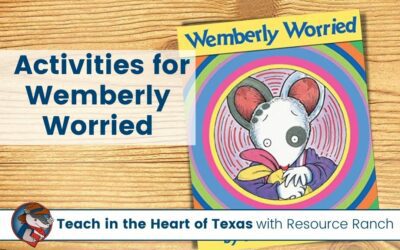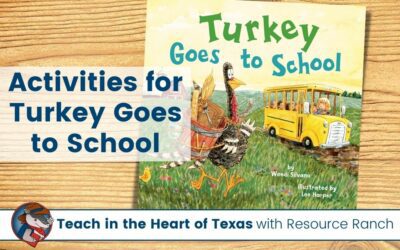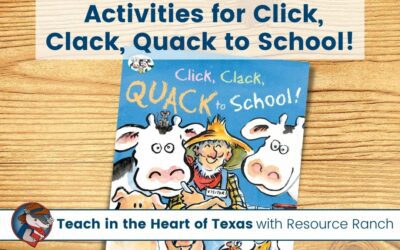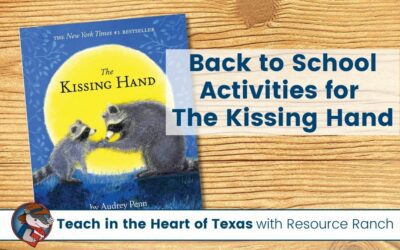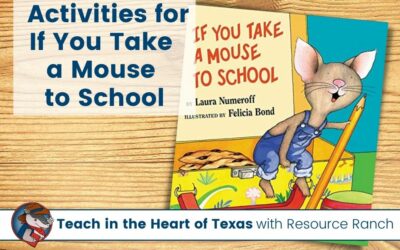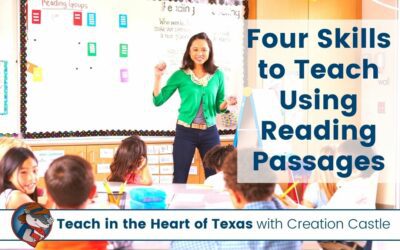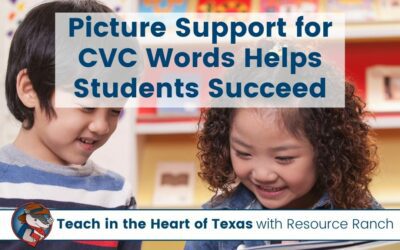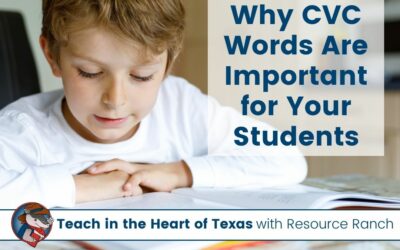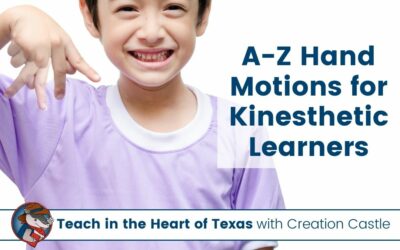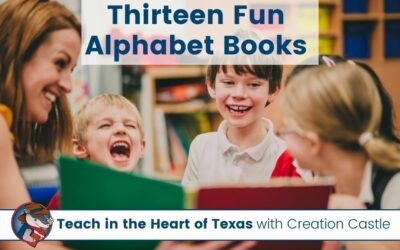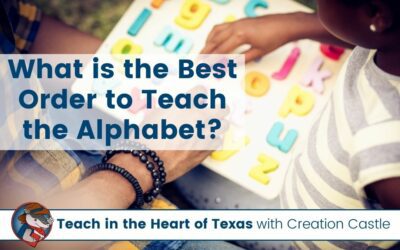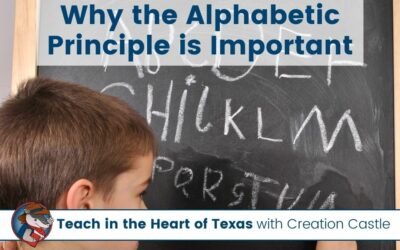Language Arts in the Elementary Classroom
In kindergarten and first grade you are building foundational skills in all subjects. Your reading and writing block will include things like phonics, grammar, reading comprehension, and vocabulary. Read more about our favorite ways to teach these skills (and more!) in these blog posts.
Wemberly Worried but a New Friend Made School Less Scary
We all worry sometimes, but most of the things we worry about will never happen. Wemberly Worried can help ease beginning of the year worries about the unknown by laughing together over some of the silly things Wemberly worries about and talking about those things that may be common worries among class members.
Rock Your First Day of School Like Pete the Cat Rocking in His New School Shoes
When students begin a new school year, they often have a little anxiety over not knowing just what to expect. In Pete the Cat Rocking in My School Shoes, Pete can help reassure students that there is no need to worry even if they encounter new things at school.
Turkey Goes to School with a New Clever Plan to Trick the Teacher
Turkey Goes to School is the fifth book in the Turkey Trouble series. This fun story will have students guessing what disguise he will try next so that he and his friends can spend the day at school!
Click, Clack, Quack to School with Farmer Brown’s Funny Barnyard Friends
Sometimes students are apprehensive about coming to school because the school rules are different from those at home. They may believe that rules will make school a boring place to be. Click, Clack, Quack to School has a fun twist at the end, and it leads nicely into talking about behavior expectations and how they are different depending on the school activity.
The Kissing Hand Chester’s First Day of School
Some children have difficulty separating from a parent, so knowing they will be apart the whole day at school can cause them anxiety. The Kissing Hand is a sweet book that can help that first day feel less scary for younger students.
If You Take a Mouse to School You Know Something Exciting is About to Happen
Reading fun fictional books in school settings can ease student anxiety about being in a new environment or with new people. It can also be a way to address proper behavior humorously. If you Take a Mouse to School is a great choice as a back to school read aloud for just this reason. For example, if we spill something on ourselves, we would not remove all our clothes as Mouse does.
4 Quick Skills You Can Practice Using Word Family Passages
Word family passages are a great way to work on word families and sneak in some other skill practice at the same time. Here are four easy ways to integrate word families with important skills your students will be working on.
3 Steps to Make Word Family Interactive Notebooks Successful
Teaching word families in your classroom doesn’t need to be a boring skill and drill activity. Don’t get me wrong – there are only so many ways to learn a topic and something like word families is going to get repetitive over time. One way to keep things interesting is to use word family interactive notebooks.
3 Ways Adding Word Families to Your Instruction Can Benefit Young Readers
We can all agree that teaching children to read is an important part of early elementary education, but how we should go about preparing students to become readers is often a topic of debate among teachers. I believe the best approach is to provide students with several reading strategies. One of those that I have found of greatest value both working as a classroom teacher and as a reading specialist was word families.
66 Word Families Lists to Help You Plan Your Phonics Lessons
Use over 60 word families lists to help create your own phonics and spelling lists in the classroom.
Save This Helpful List of 28 Short Vowel Picture Books
But do you gravitate toward books when you are talking about phonics? There are so many great books that coincidently have a focus on a particular sound. Do you have a stack of short vowel picture books set aside? What about picture books that focus on vowel teams?
3 Ways CVC Words with Pictures Can Help Your Students
Learning to read can be an exciting time for kindergarten and first grade students. To see their beaming smile as they reach the end of a sentence or page can be pretty exciting for their parent or teacher too. However, for some children, the experience is one of overwhelming frustration. Let’s talk about how CVC words with pictures can help support your students.
5 CVC Words Activities Your Students Will Love
Chances are if you are a kindergarten or first grade teacher you will spend a lot of time working with CVC words. To keep things interesting for your students as they are practicing this skill, you’ll want to vary your instruction. Below, I’ve given you five suggestions for CVC words activities that your students can use to work on this concept. (And you may just find your students’ favorite activity on this list!)
What Are CVC Words and Why Are They Important for Your Students?
As your students begin to learn how to read, one aspect of phonics that is particularly helpful for beginning readers to learn is the concept of CVC words. CVC stands for consonant, vowel, consonant and refers to one-syllable, three-letter words that follow this pattern. In this blog post, we will explore what CVC words are, why they are important to teach, and how to effectively teach them to young readers.
10 Simple Ways to Use Alphabet Flashcards in Your Classroom
Are you a frequent visitor of the dollar store or dollar bins at popular stores? Chances are you’ve seen a set of alphabet flashcards for a buck. You may have even picked up the pack. But have you used it?
Engage Your Kinesthetic Learners Now with A-Z Hand Motions
A-Z hand motions are a simple and effective teaching tool that can help engage kinesthetic learners, who often struggle to grasp new concepts through traditional classroom methods. Kinesthetic learners prefer the use of movement and physical engagement to better understand the material, and hand motions provide a way to achieve this.
One Thing You Can Do To Differentiate Your Write the Room Activities
Write the room is an activity that has been around forever. I think it gained a lot of popularity around 2012 when teacher blogs were starting to pop up everywhere. But… just in case you’ve never heard of it before, let me give you a quick explanation of the activity.
13 Alphabet Books Your Students Will Absolutely Love
One of my favorite ways to teach the alphabet is by reading lots and lots of trade books. Each student in your classroom is going to come in with different levels of exposure to text and words. Some kids may have gone to the zoo with their families and know what a zebra is, but some may not! A great way to help students build their vocabulary is through alphabet books.
26 Fun Ways to Teach Letters and Sounds
Teaching students the alphabet is a big part of kindergarten. It builds a foundation for reading and writing. It is essential to becoming a successful student. Here are 26 different ways your students can work with letters and sounds to become alphabet experts!
What is the Best Order to Teach Letters When Learning the Alphabet?
An age-old question with no direct answer is what is the best order to teach letters when learning the alphabet? You would think by now, after hundreds of years of teaching children to read that we would know the most successful way to teach everything. But the simple answer is because everyone learns differently, there will never be one correct way to teach anything.
3 Simple Reasons Why the Alphabetic Principle is Important
The alphabetic principle is the fundamental concept that letters and combinations of letters represent sounds in spoken language. This principle is crucial for developing reading and writing skills, particularly for children learning to read. In this blog post, we will explore three simple reasons why the alphabetic principle is important. By the end of this post, you will understand the significance of the alphabetic principle and its role in fostering literacy development.

